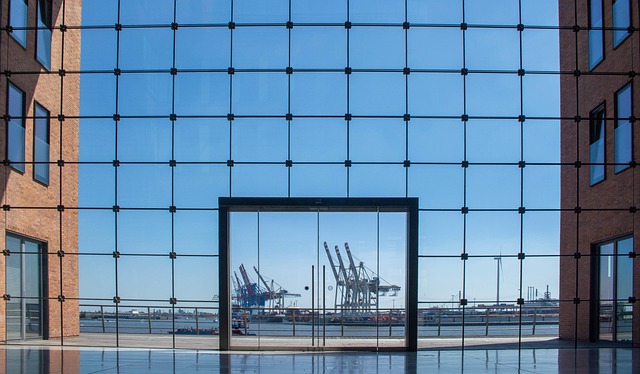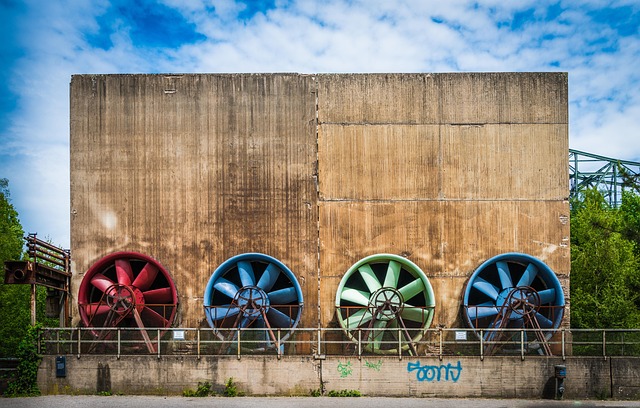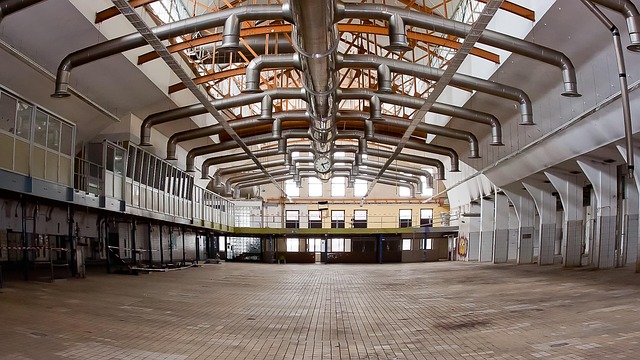Manufacturing facilities require strategic real estate considerations for efficient operations. This includes tailored floor plans, specific utility access, and optimal logistical flow to accommodate specialized machinery, ventilation systems, storage, and product transportation. Strategic site selection with ample space, high ceilings, key infrastructure, and thoughtful design ensures functionality, enhances productivity, and optimizes real estate investments.
Manufacturing facilities are more than just industrial spaces; they’re intricate ecosystems requiring specialized features tailored to specific production needs. From flexible layouts to advanced infrastructure, understanding unique facility demands is paramount for optimal operations. This article explores the crucial aspects of real estate in manufacturing, delving into site selection, design considerations, and how strategic choices can enhance productivity. By navigating these key elements, businesses can create robust, future-proof facilities that drive success.
Understanding Unique Manufacturing Facility Needs

Manufacturing facilities, with their specialized requirements, demand a deep understanding of the unique needs that define them. When considering the ideal location for such establishments, the concept of real estate becomes more than just a property transaction; it’s about securing spaces tailored to these specific demands. Each manufacturing process has its own set of constraints and opportunities, from floor plan design to utility availability and logistical access.
Facilities may require expansive floors for machinery setup, specialized ventilation systems due to the nature of production, ample storage for raw materials and finished goods, and easy accessibility for transporting products in and out. These are not just features; they are the backbone of efficient manufacturing operations. Thus, understanding these real estate requirements is paramount when selecting or designing a space for these critical industrial needs.
Real Estate Considerations for Specialized Features

When designing and establishing manufacturing facilities, real estate considerations are paramount, especially when incorporating specialized features. The choice of location plays a pivotal role in determining the facility’s overall functionality and efficiency. Manufacturers should seek out areas with ample space for expansive floors, high ceilings, and specific zoning that accommodates their unique requirements. These might include loading docks for efficient material handling, ample parking or outdoor storage areas for raw materials and finished products, and proximity to transportation hubs for seamless logistics operations.
Moreover, the real estate must enable the installation of specialized machinery and equipment that are often the backbone of manufacturing processes. This may involve adapting existing structures to accommodate custom layouts, ensuring adequate power supply and utilities, and considering accessibility for maintenance and future upgrades. Strategic site selection and thoughtful design ensure that the manufacturing facility can seamlessly integrate specialized features, optimizing production workflows and contributing to overall operational success.
Designing Spaces That Meet Industrial Requirements

Manufacturing facilities require more than just a standard layout; they demand designed spaces that cater to industrial requirements. This involves strategic planning and consideration of factors like equipment placement, material flow, and worker safety. Skilled architects and engineers collaborate with real estate developers to create efficient, ergonomic, and compliant production environments.
The process includes assessing space utilization, implementing specialized infrastructure, and integrating advanced technologies. Well-designed manufacturing spaces enhance productivity, streamline operations, and ensure adherence to industry standards. By focusing on these aspects, businesses can optimize their real estate investments, leading to more competitive and sustainable manufacturing practices.






